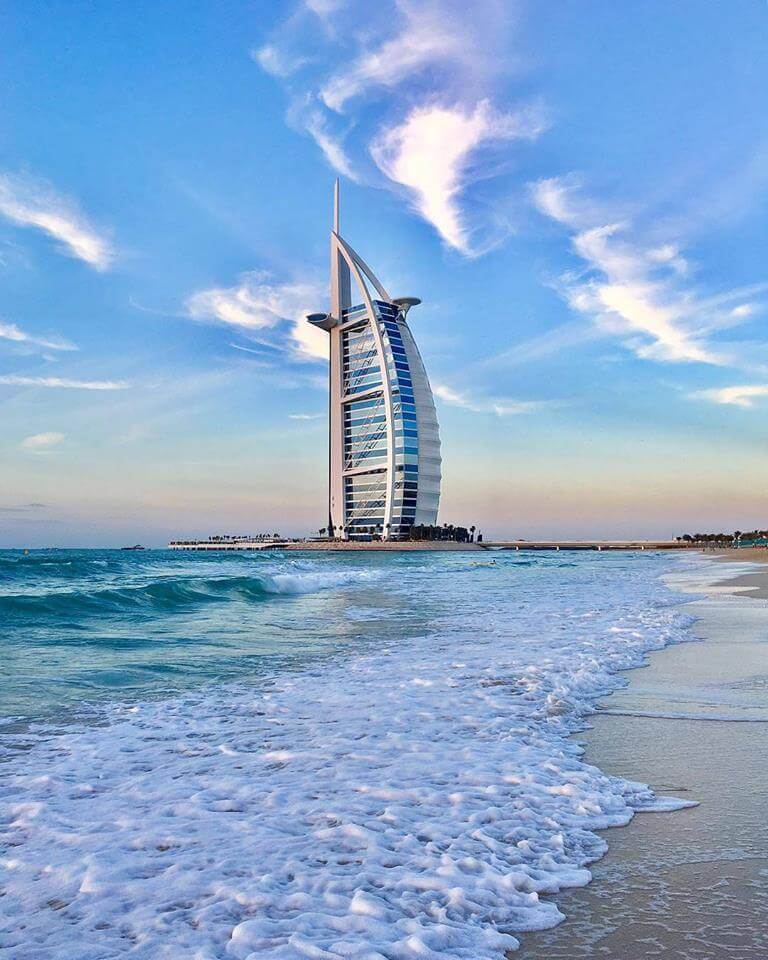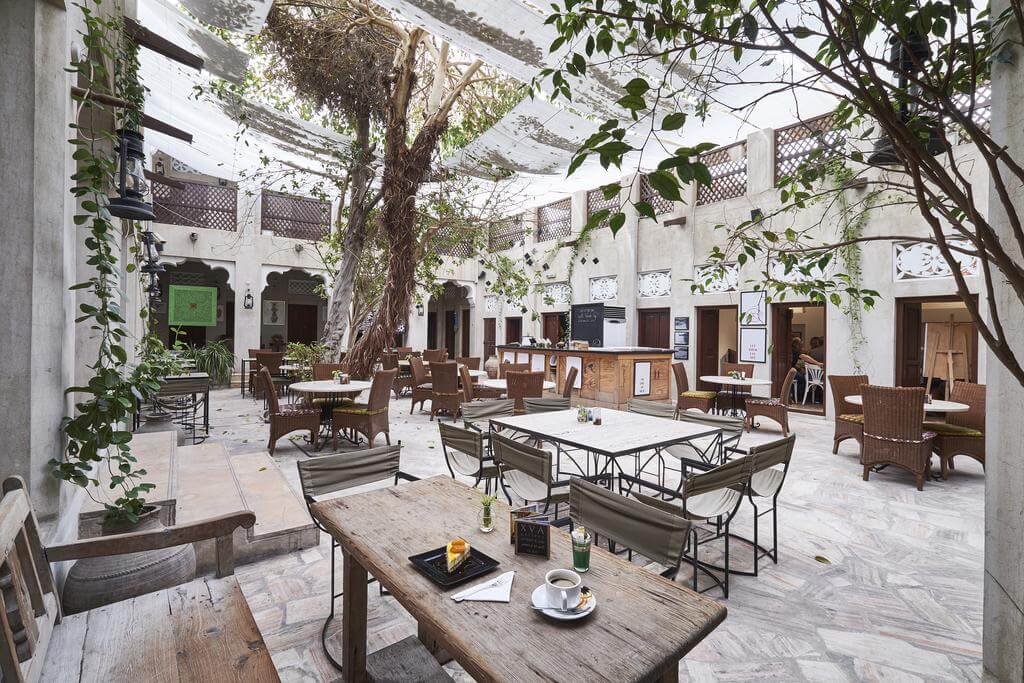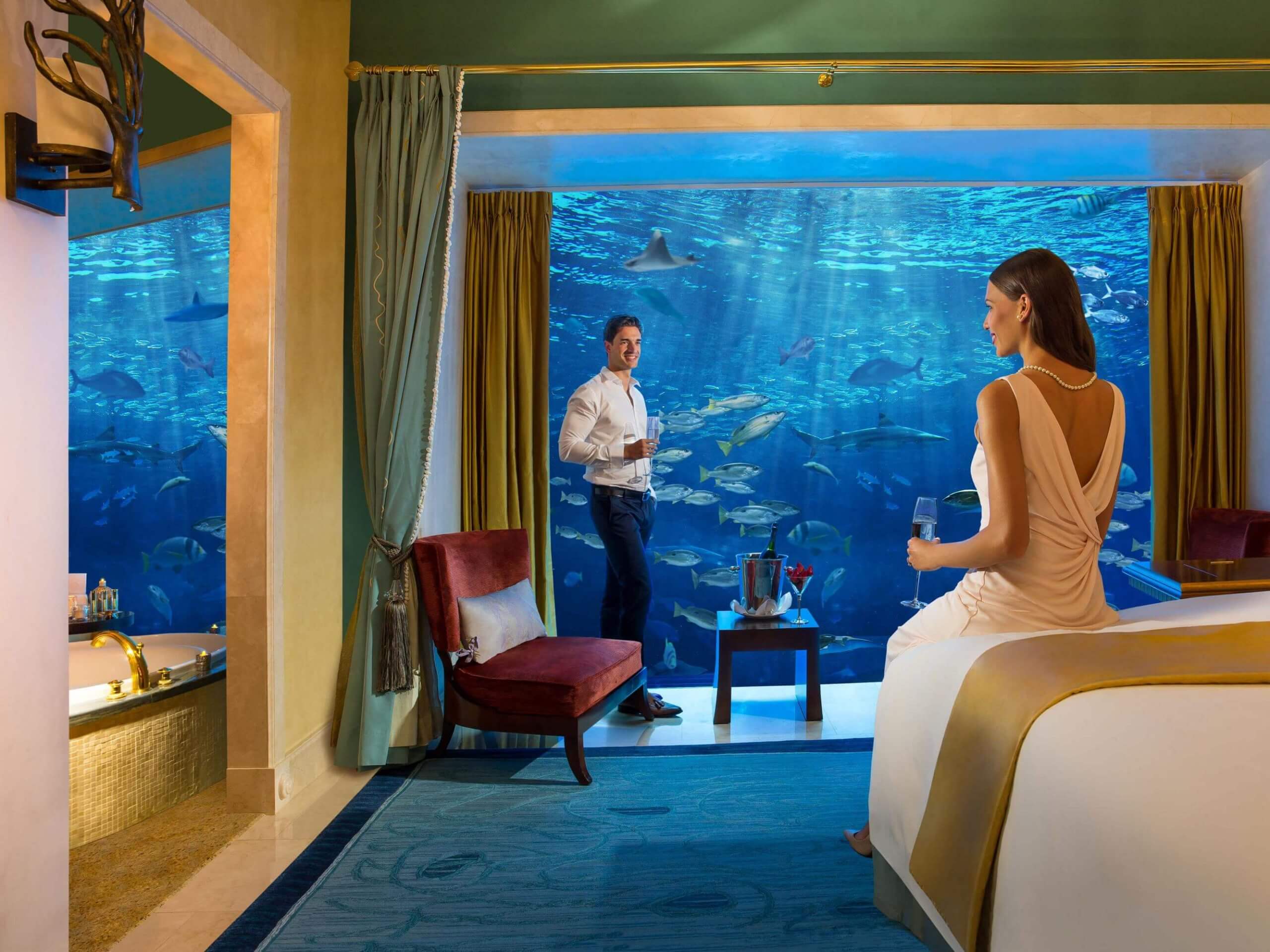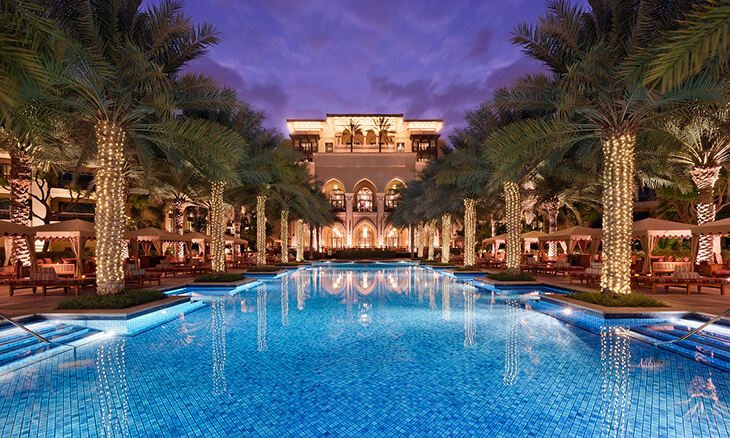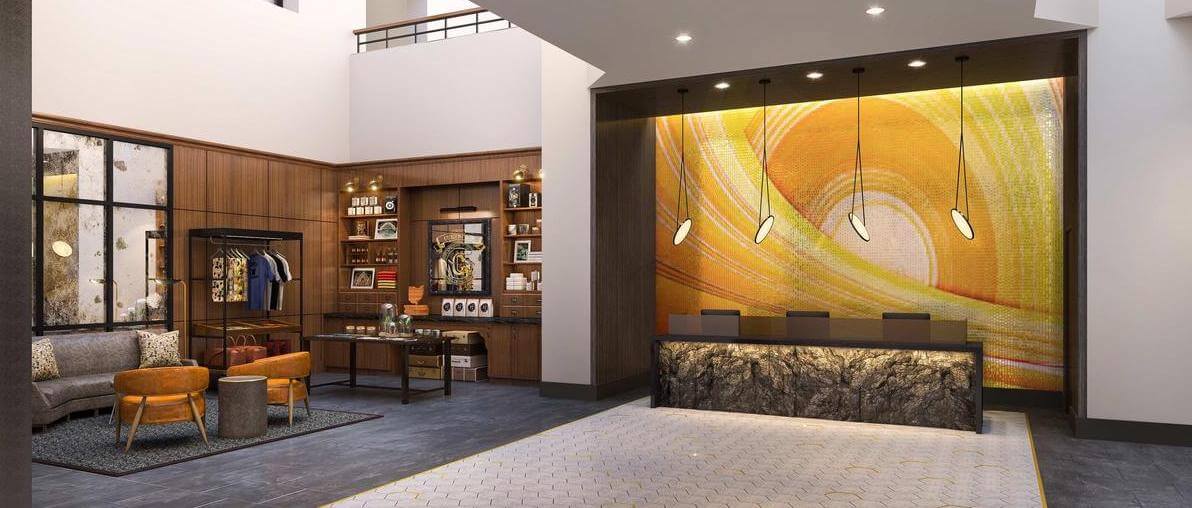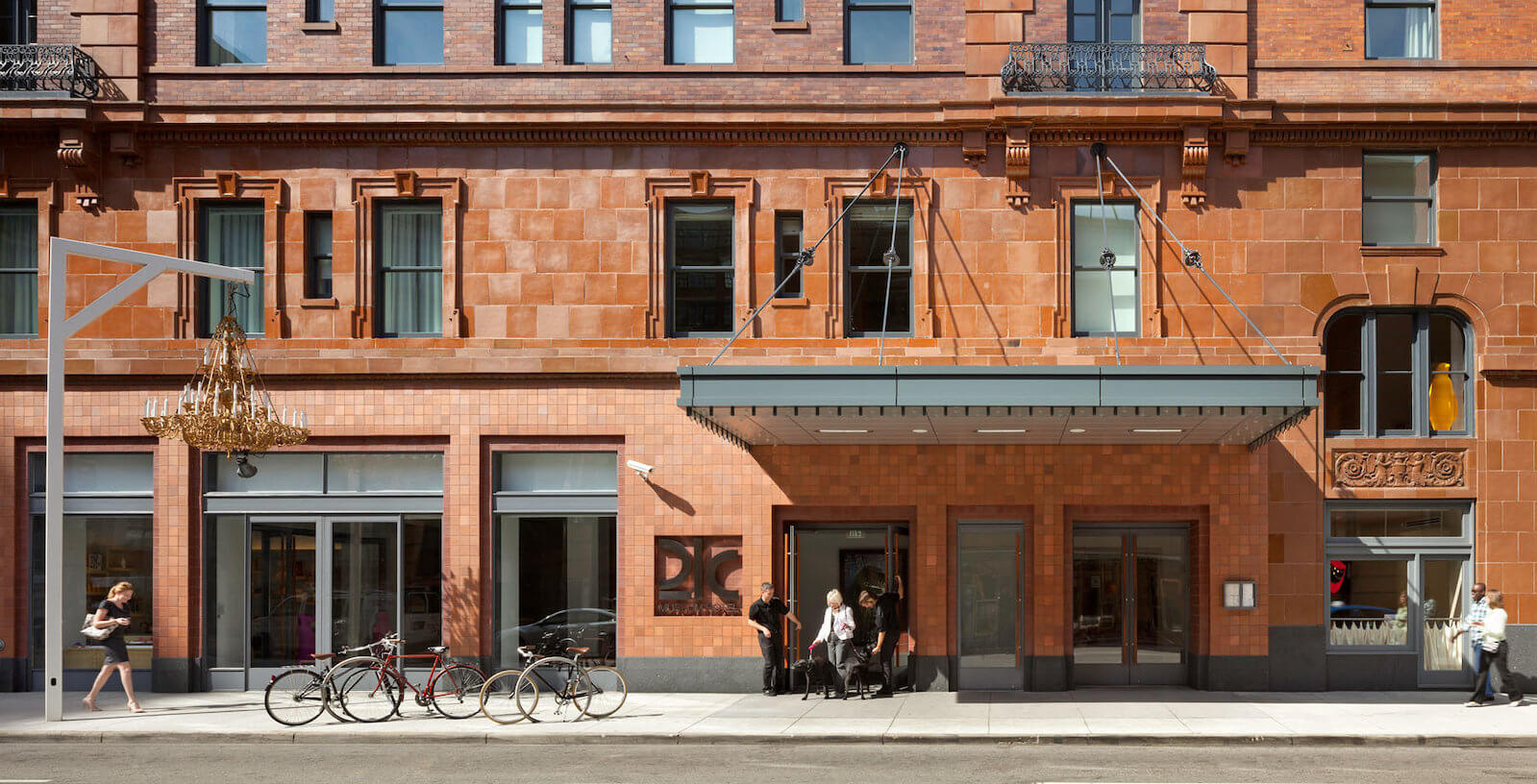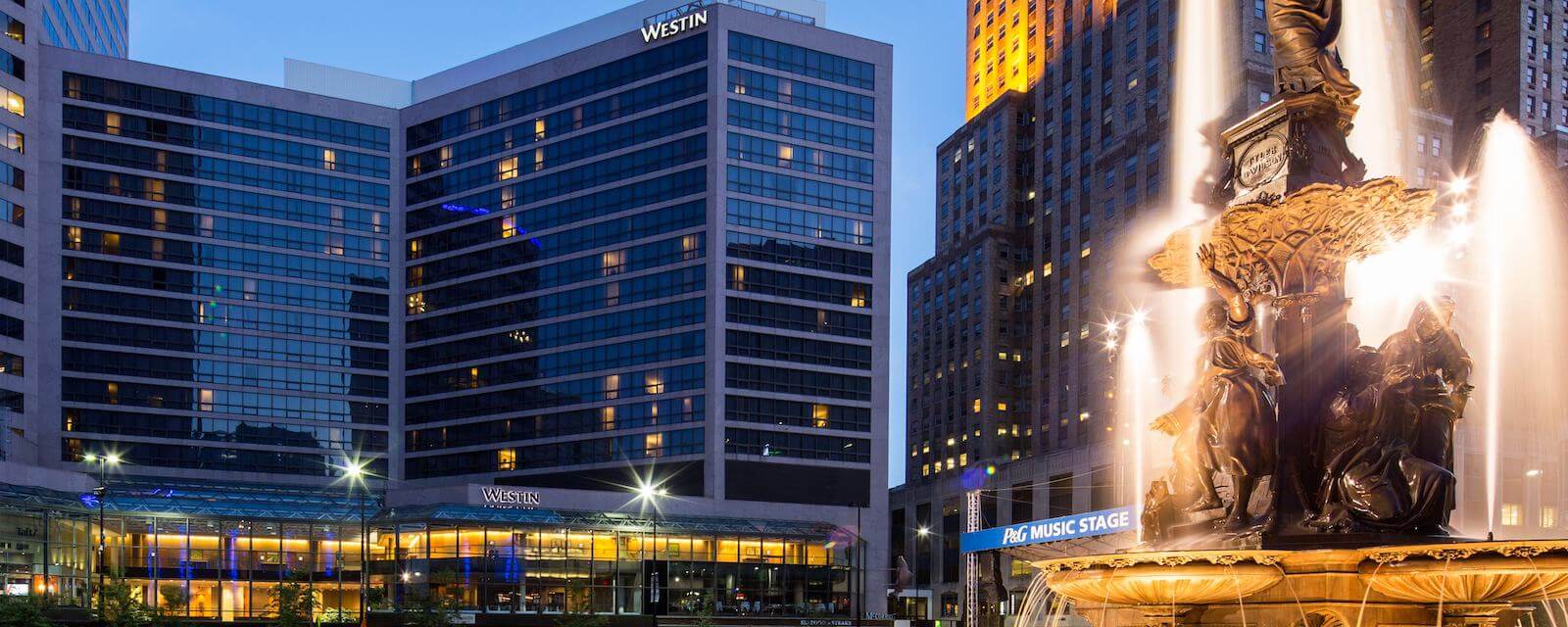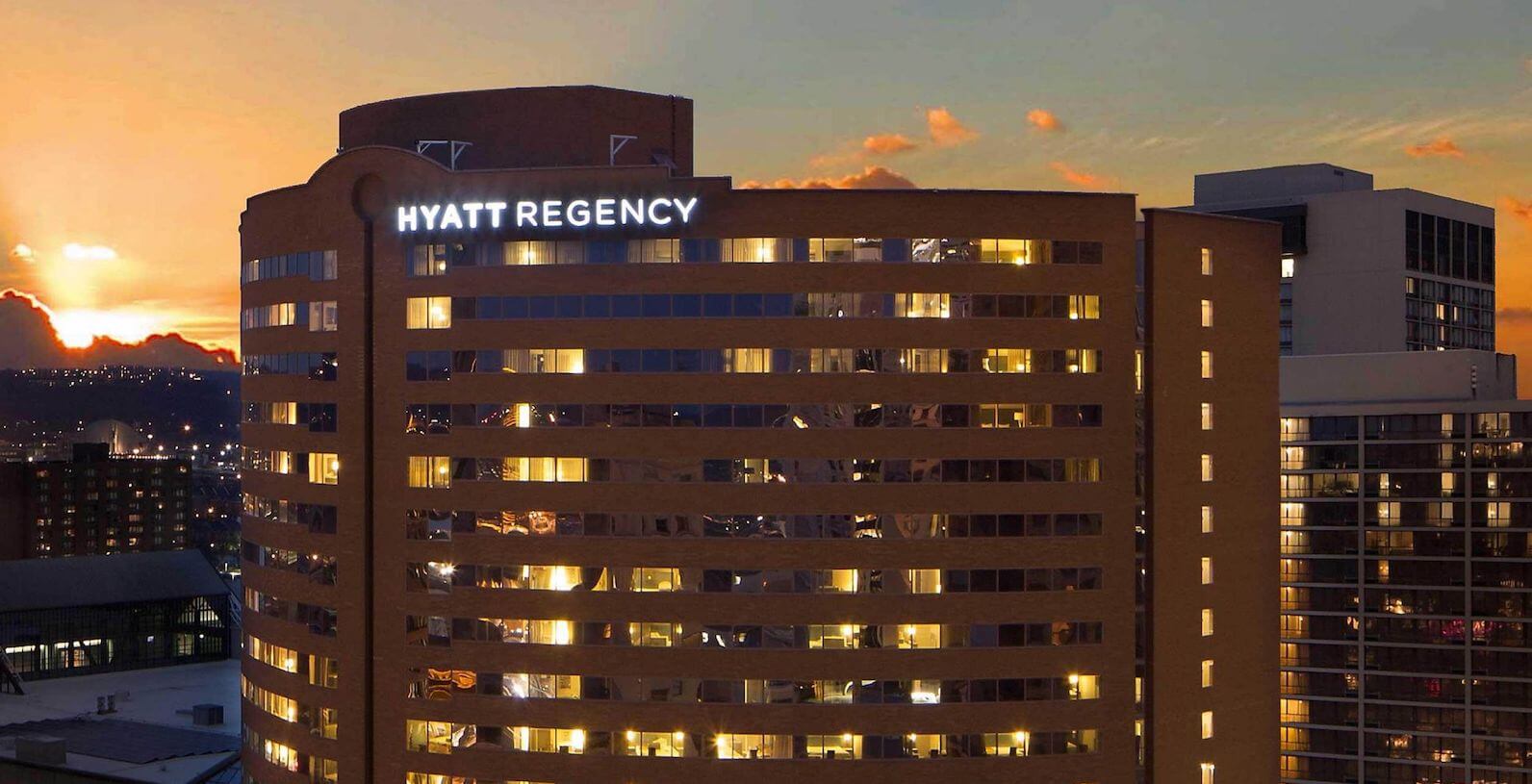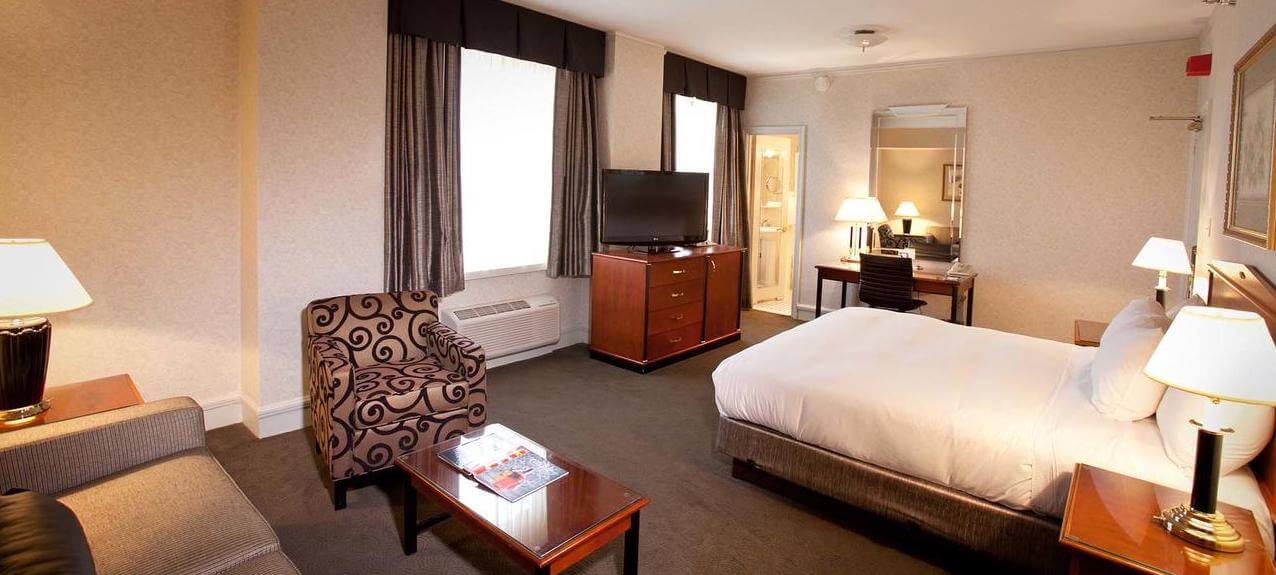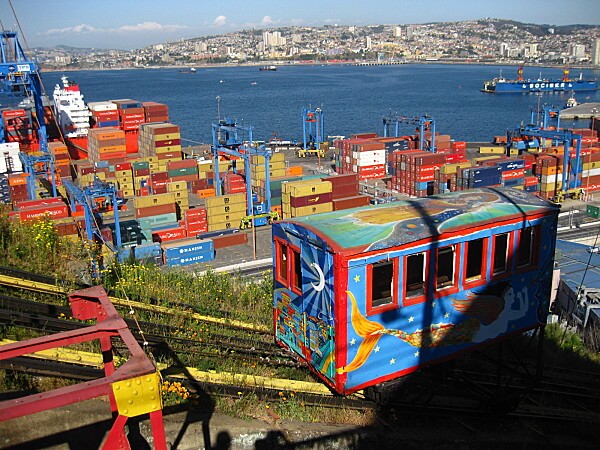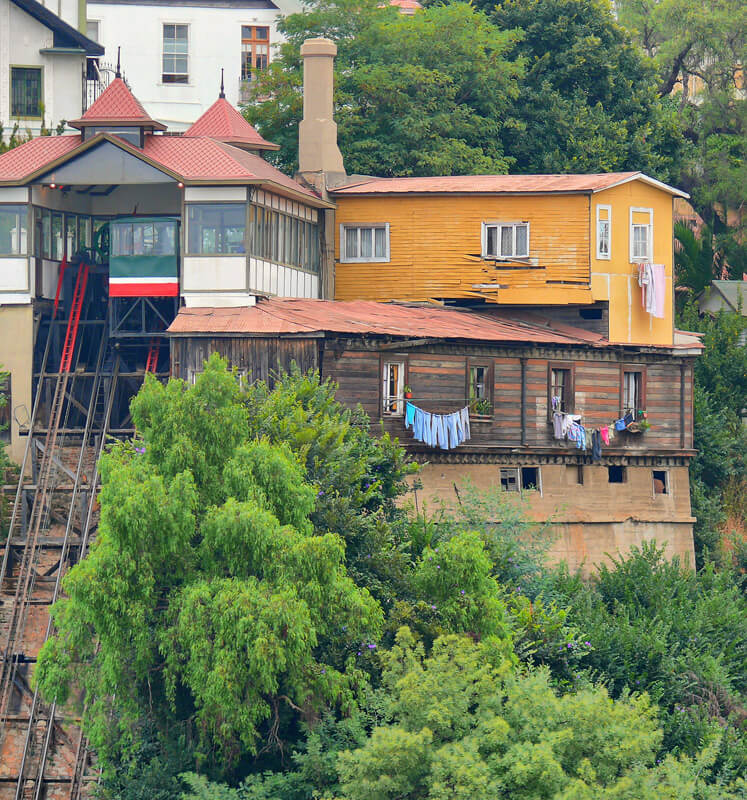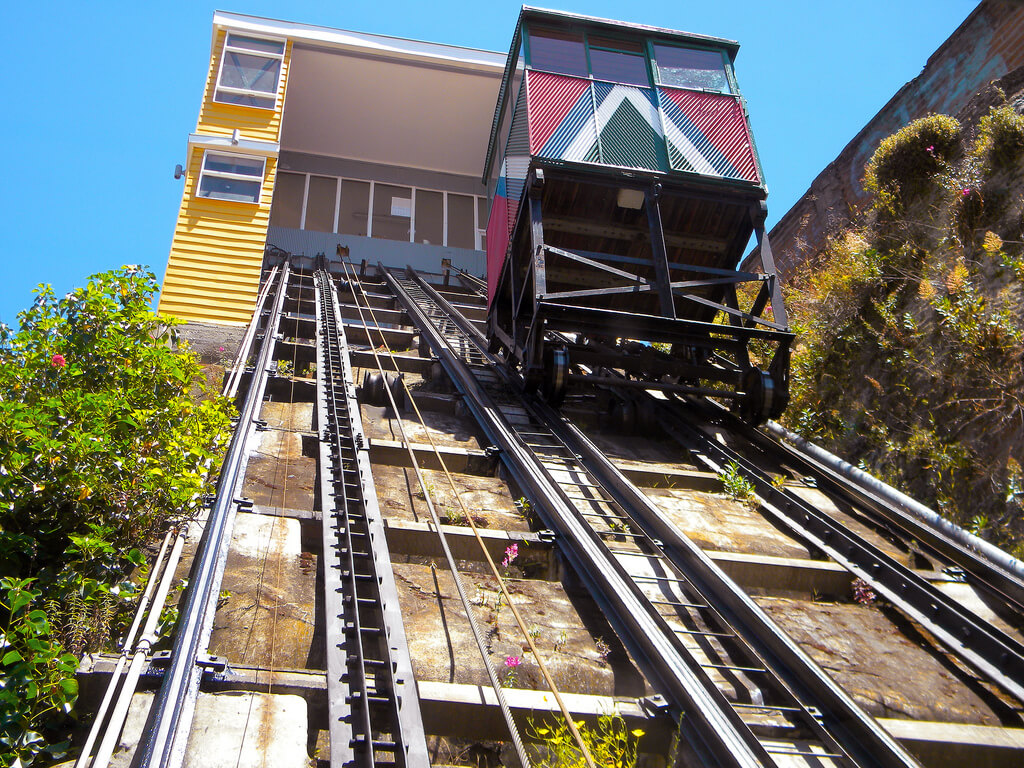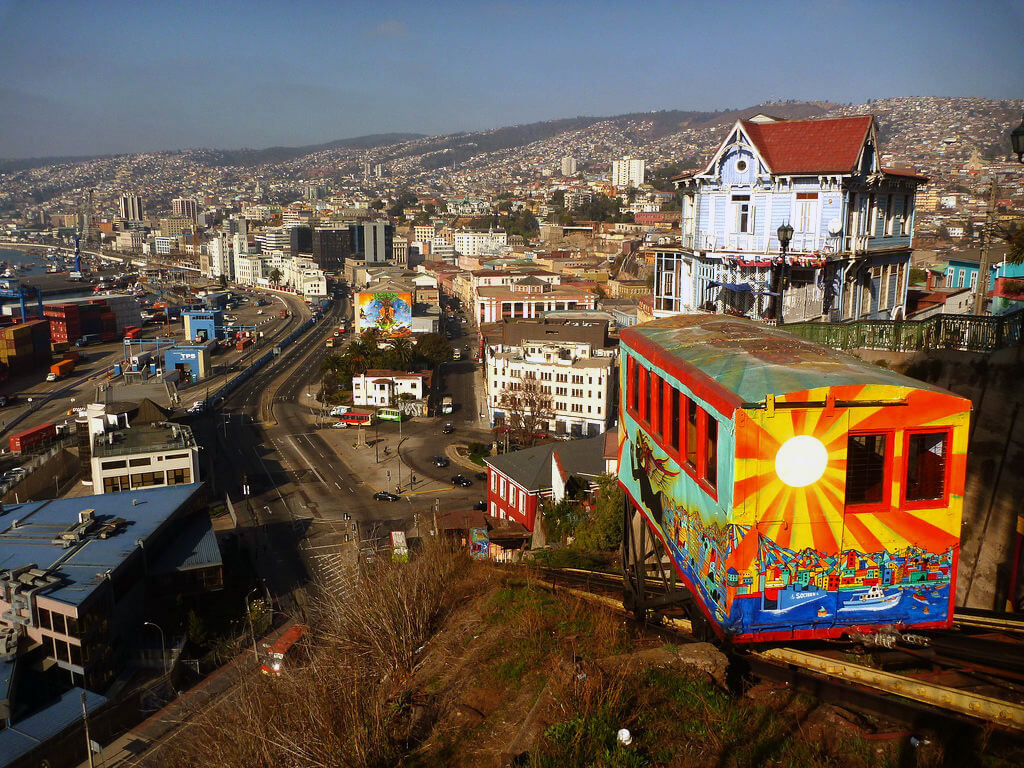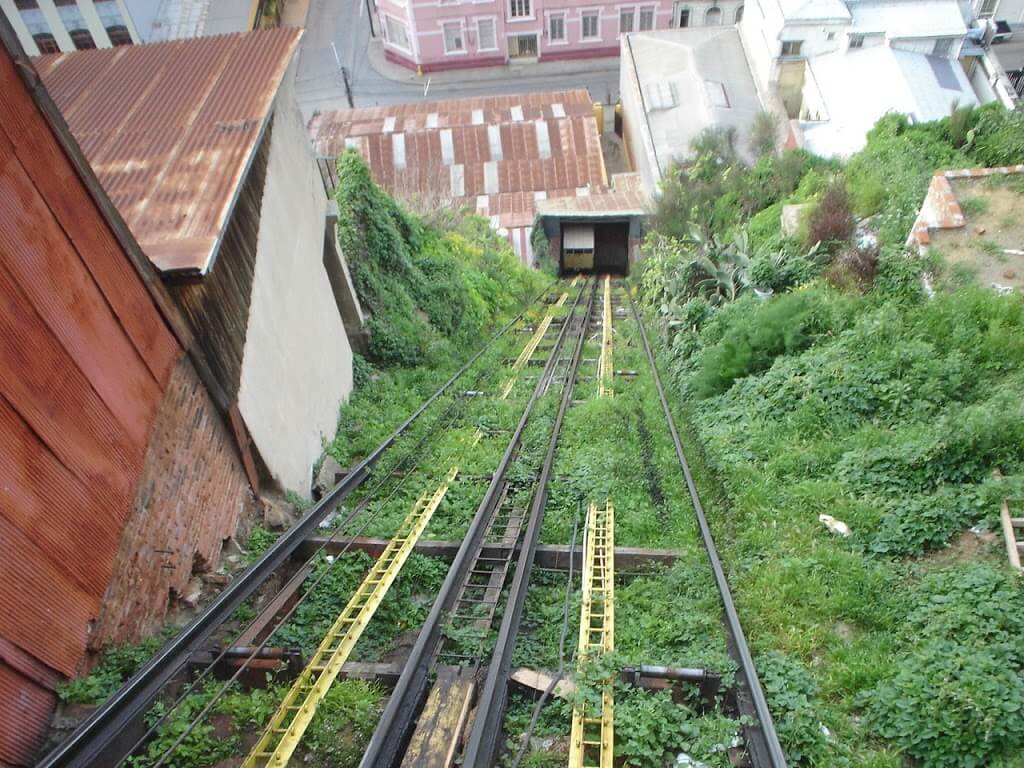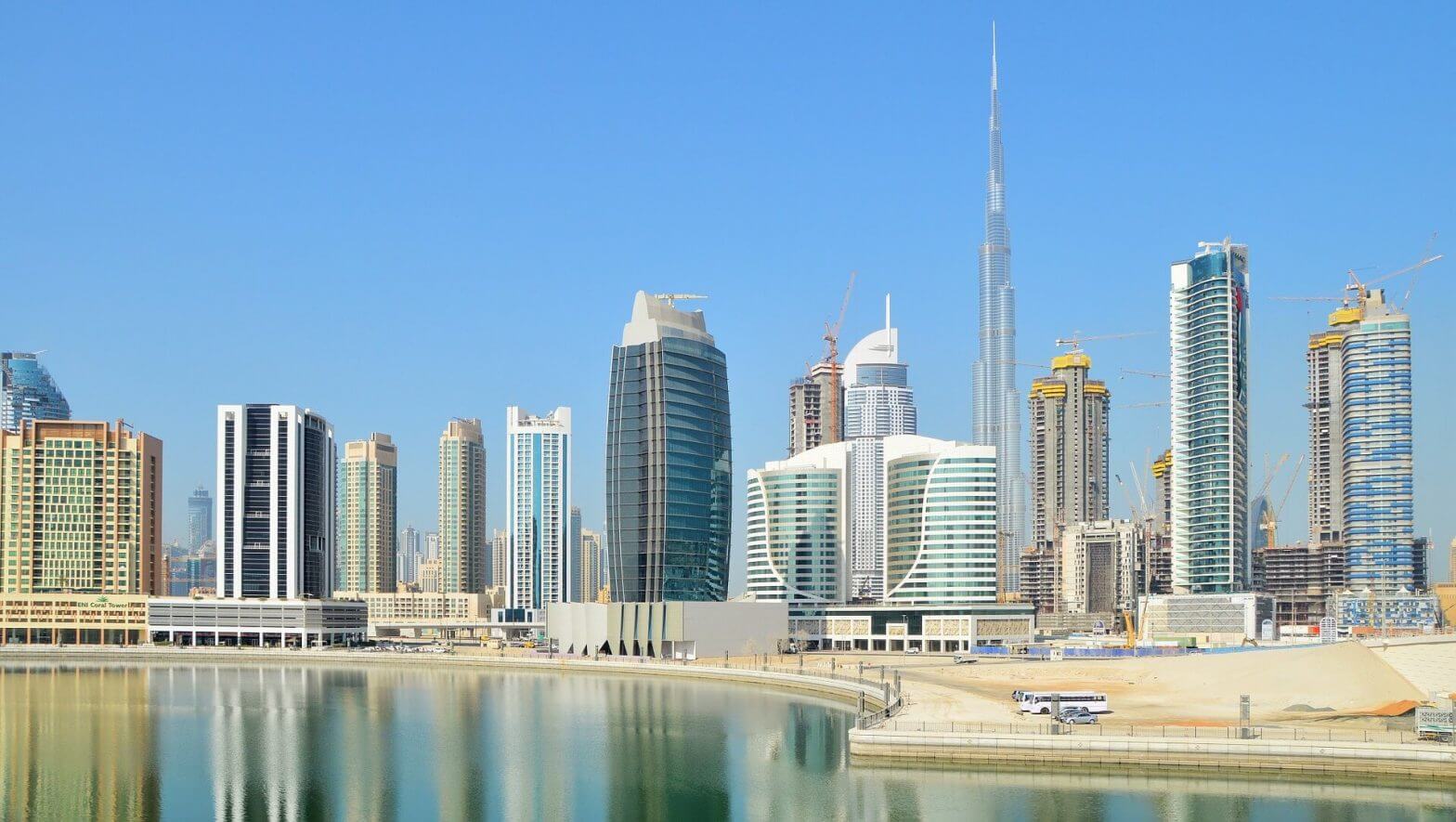
From humble beginnings as a Gulf trading center to one of the world’s most glamourous travel destinations, Dubai is home to some of the world’s tallest and headline-grabbing hotels. With over 100,000 hotel rooms to choose from, each catering to a certain budget, taste, and travel preference, we round up the 5 best hotels in the city.
These hotels, as chosen by TripExpert, boast the city’s beautiful landscapes and showcase Dubai’s rich Arabic culture.
Burj Al Arab is the world’s first seven-star hotel and the fifth tallest hotel in the world. This sail-shaped hotel has a collection of 202 duplex suites with 24-hour personal butler service, Hermès toiletries, and a fleet of Rolls Royce. “The hotel prides itself on its ability to satisfy even the pickiest guest, and so has many services in addition to its standard leisure programs” according to Fodor’s Travel.
Ideal for art and history lovers, the XVA Art Hotel is situated in Al Fahidi and features interiors by top Middle Eastern artists. Each room is individually themed, but their Gallery Deluxe features tall, wood-beamed ceilings, stone floors, and white walls decorated with art. Enjoy the restaurant’s vegetarian dishes in one of their shaded courtyards, or explore the hotel’s surrounding neighbourhood for more traditional Arabic delicacies.
Atlantis the Palm is the perfect spot for a romantic weekend with real ocean experience. Here, you can stay in an underwater aquarium suite and enjoy a mesmerizing view of sharks, stingrays, and other 65,000 sea creatures swimming right in front of your eyes. Don’t skip the massive waterpark or the Lost Chambers aquarium for a more interactive experience and a refreshing yoga session in the morning.
Escape the big city with a stay at Bab Al Shams, a low-slung desert resort closely resembling an Arabian fort. The resort features tranquil gardens and multiple pools, and offers various activities like cycling, horseback riding, and archery. Rooms are specifically styled to showcase the Arabian culture, with draped tapestries, colourful rugs, ornate lanterns, and a comfortable majilis seating area. Bab Al Shams’ Hadeerah restaurant offers an extensive buffet, belly-dancing, and traditional Arabic show.
Situated on a lake opposite the Burj Khalifa, Palace Downtown features a view of the world’s largest choreographed fountain system. The hotel entrance is lined with towering palm trees, and its guests rooms are decorated in a contemporary Middle Eastern style. Honeymooners visiting the Palace Downtown are usually treated with rose petal-adorned beds and other surprise treats.
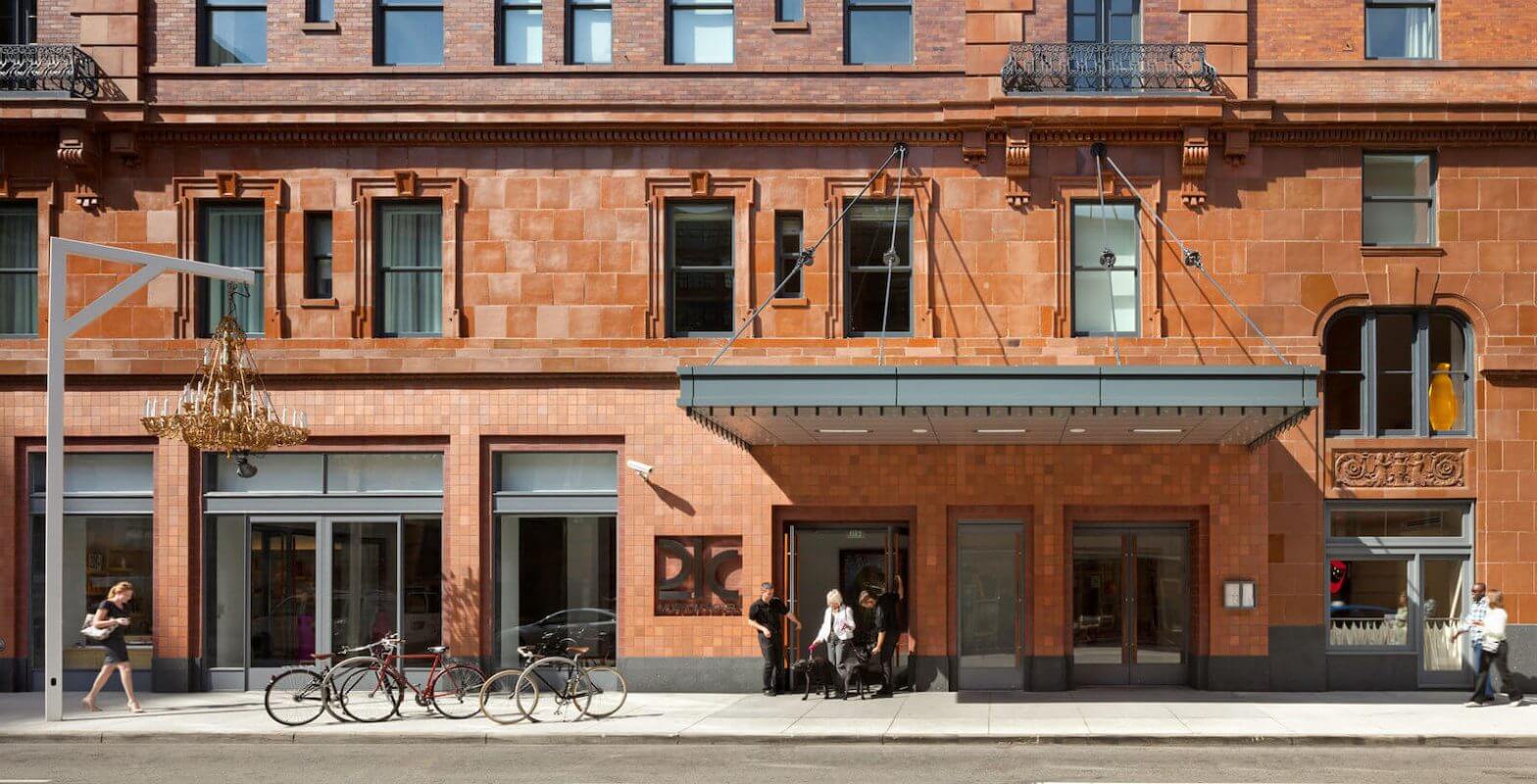
Long a center of commerce and culture, Cincinnati’s compact downtown is home to the picturesque city’s best hotels. The downtown central business district features an enviable collection of top-notch hotels, all within a short walk of world-class attractions, nationally-renowned restaurants and the headquarters of business powerhouses like Macy’s and consumer goods giant Procter & Gamble.
From the trendy 21c Museum Hotel to the historic Hilton Cincinnati Netherland Plaza, the Queen City offers discerning travelers an excellent choice of distinctive places to stay. A full list of our winners is available on our Cincinnati destination page. Scroll down for profiles of our top five hotels, according to experts.
The Queen City’s highest-rated hotel, the Cincinnatian, is housed in a striking French Second Empire building that has been a hotel since 1882. The Cincinnatian became part of the Curio Collection by Hilton following an extensive renovation that debuted in late 2018. The luxury boutique property replaced its long-running, AAA Four-Diamond restaurant (The Palace) with the more contemporary and casual Brick & Mortar that features specialty cocktails and American classics with a creative twist. New artwork throughout the hotel includes custom-made mosaic tile in the lobby that replicates the spectacular ceiling at the city’s historic Union Terminal. Rooms at the service-centric Cincinnatian also were updated, and some include bathrooms with heated floors and whirlpool tubs.
The 21c Museum Hotel opened in late 2012 and quickly staked its claim among Cincinnati’s best hotels, making Condé Nast Traveler magazine’s Hot List in 2013. Housed in the century-old Hotel Metropole building across the street from the bustling Aronoff Center for the Arts, the 21c is a visual feast that showcases an impressive collection of contemporary art. Gayout likens a stay at the 21c to “spending the night in a trendy art gallery.” Amenities include a full-service spa, rooftop bar and the popular Metropole restaurant that features seasonal, wood-fired cuisine. Rooms in the upscale boutique hotel are decorated in a chic and contemporary style with original art and Nespresso machines.
The Westin Cincinnati occupies a prime position overlooking Fountain Square, the vibrant heart of the city that’s surrounded by restaurants and shopping. Upgraded in 2015, the Westin’s spacious rooms sport a sophisticated earth tones décor and bathrooms with marble floors and rainfall showers. The Westin is connected to an office complex and within sight of the Procter & Gamble world headquarters, making it a popular hotel for business travelers. A rooftop pool and fitness facility, 24-hour room service and a lobby bar with great views of downtown are among the classy hotel’s amenities.
The Hyatt Regency Cincinnati stays busy with convention delegates, given its location next to the Duke Energy Convention Center. The 22-story, 491-room hotel features Hyatt Regency’s signature soaring atrium, with glass walls and ceilings that create a bright and inviting lobby. Spacious rooms are decorated with tasteful neutral colors, and some offer sweeping views of downtown and the Ohio River. Oyster calls the Red Roost Tavern a “standout, with a chic, high-end feel,” where locally-sourced, farm-to-table ingredients are featured. Other highlights include an indoor saltwater pool with a glass dome and 24-hour fitness and business centers.
Hilton Cincinnati Netherland Plaza
Lovers of historic hotels and gourmet cuisine flock to the Hilton Cincinnati Netherland Plaza, the circa 1931, National Historic Landmark that’s one of the world’s finest examples of French Art Deco design. The Michelin Guide describes the spectacular lobby as resembling a Hollywood movie palace, with its Brazilian rosewood paneling and original, climbing-vine silver sconces. Elaborate, two-story murals adorn the ceilings of the legendary Orchids at Palm Court restaurant off the lobby, Ohio’s only AAA Five-Diamond restaurant that has consistently made the Netherland Plaza Hilton’s top food and beverage property in the U.S. The hotel is connected to the shops, restaurants and offices in the 49-story Carew Tower that’s across the street from Fountain Square.
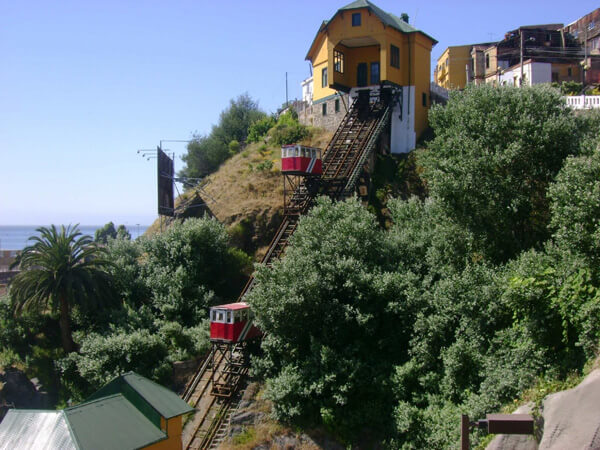
Valparaiso is quite literally a city of dramatic ups and downs. Chile’s second largest metropolis, “Valpo” belongs to that rarefied tribe of romantic port cities — San Francisco and Lisbon are prominent members — where ship studded seas collide with vertiginous house clad hills. The views from on high are inevitably dazzling. But navigating steep ascents on foot, while picturesque, can be wearying, even for the most avid StairMaster fiends. Which is where the elevators come in.
As famed as San Francisco’s cable cars and Lisbon’s bondes (trams) are Valparaiso’s ascensores. Technically ascensor (elevator) is a misnomer, since only one is an actual elevator. The rest are funiculars, rustic wooden boxes with brightly painted exteriors that shudder and swoosh up and down the city’s 40-something cerros, or hills.
One of Valparaíso’s ascensores
This quaint and quintessentially porteño mode of transportation dates back to Valpo’s boom days when it was one of the most important ports in the Americas. Until the 20th century, the only available sea route from the Atlantic to the Pacific was via the treacherous tip of South America. As the first port after Cape Horn, Valparaiso became an obligatory pit stop and, eventually, a thriving hub for immigrants seeking their fortunes in shipping, mining and banking.
Not wanting to mingle with the sailors, stevedores, and prostitutes (at least publically) along the waterfront, nouveau riche expats built palatial manors on the hills overlooking the sea. To whisk them to and from the lofty cerros, they hit upon the solution of ascensores. The first steam engine-operated funicular went into service in 1883; by the early 20th century, there were more than 30.
Unfortunately, when the Panama Canal opened in 1914 — creating a shortcut from the Atlantic to the Pacific — Valparaiso’s boom began to go bust. Catastrophic earthquakes and fires also wreaked havoc upon the city – and its ascensores. By the early 21st century, only 16 had persevered, a feat that earned them status as National Heritage Monuments.
Historic Valparaiso itself was declared a UNESCO World Heritage Site in 2003. And yet, despite spurring a major revitalization of this bewitchingly ragged city, today only a half dozen ascensores are still in operation. Here’s a brief guide on how to take full funicular advantage of the proud survivors:
Valparaíso’s oldest ascensor has been in service since 1883. From the historic Calle Prat, lined with grand 19th-century money-making temples such as the Bolsa de Corredores (Stock Exchange) and the former Banco de Londres (today occupied by Banco Santander), the funicular rises up to Cerro Concepción. Together with adjacent Cerro Alegre, Cerro Concepción is one of the city’s most picturesque neighborhoods, crammed with rainbow colored Victorian houses and funky little boutiques (and boutique hotels), and ripe for wandering.
The ascensor alights at Paseo Gervasoni, a manor-lined terrace with sweeping sea and city vistas. Cerro Concepción is drenched in an arty, writerly vibe nourished by a significant coffee culture. Café del Poeta is an elegant café, its walls lined with poetry books, which serves a mean once — Chilean afternoon tea. Nearby, Color Café channels more contemporary artsiness with walls covered in napkin art and the lure of homemade truffles. For caffeine (or hot chocolate) with a view, Café La Belle Époque (at Papudo 527) offers an intimate terrace along with an in-house art gallery.
Inaugurated in 1901, this recently renovated funicular departs from the old court buildings, adjacent to Valparaiso’s monumental main square of Plaza Sotomayor and ascends to Paseo Yugoslavo, a terraced boardwalk on Cerro Alegre lined with striking old houses looking out to the Pacific. One of the most arresting is the handsomely restored art nouveau Palacio Baburizza. Once home to a rich, eccentric and lonely Yugoslavian immigrant, today it shelters the city’s Museum of Fine Arts.
Cerro Alegre can also be reached via this funicular named after Britain’s Queen Victoria and inaugurated two years after her death in 1901. From Calle Elias, the ascensor rises up to scenic Paseo Dimalow, set amidst Cerro Alegre’s nexus of hip and happening restaurants, bars and boutiques. Worth popping into are galleries such as Bahía Utopíca and Casa E, which showcase works by local artists, and Café Vinilo, a terrifically funky café/bistro with a hidden garden, not to mention inventive food, brutally strong coffee and homemade ice cream made from exotic Chilean fruits and nuts.
Cerro de Alegre is rife with stunning vantage points from which to watch the sunset over the city. Rooftop bars abound, but Taulat is an intimate tapas bar with sublime views and frothy Pisco Sours.
The western edge of the port district is a lively, gritty area, home to Valpo’s oldest church, and its oldest bar. Since they’re only one block from each other, after spiritual contemplation at the Iglesia de la Matriz, you can take a libation of cheap and potent Chilean chichón at the dimly atmospheric Bar Liberty, which has been slinging drinks since 1897.
Nearby, Plaza Aduana is anchored by the imposing colonial Customs house and the Ascensor Artillera, built in 1893, which takes passengers up the Cerro Artillera. At the top, is the most panoramic boardwalk of them all, Paseo 21 de Mayo as well as Vinizio, a cavernous wine bar/boutique specializing in small Chilean vintages and compelling views of cranes lifting containers at the port below.
Dating from 1912, this “younger” funicular offers a rickety ride from Calle Aldunate up the slopes of Cerro Bellavista. Exiting onto Calle Rudolph, you’ve still got some uphill trekking ahead to reach the city’s most popular pilgrimage site; the madcap 5-story home that poet Pablo Neruda built “in the air” and christened La Sebastiana.
Happily, the route weaves through the Museo a Cielo Aberto, a twisting labyrinth of houses and stairways adorned in murals and frescoes. Named in honor of the ascensor, Espíritu Santo is a contemporary Chilean restaurant offering creative, locally sourced dishes and — in keeping with Valpo’s highs and lows — captivating city views.
Just another WordPress site
